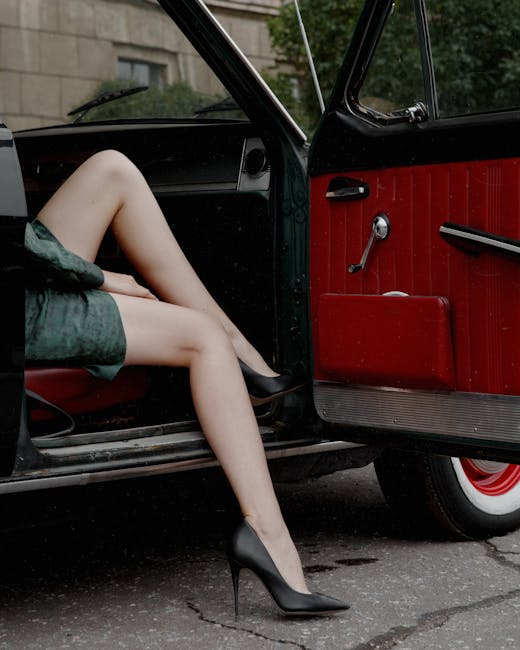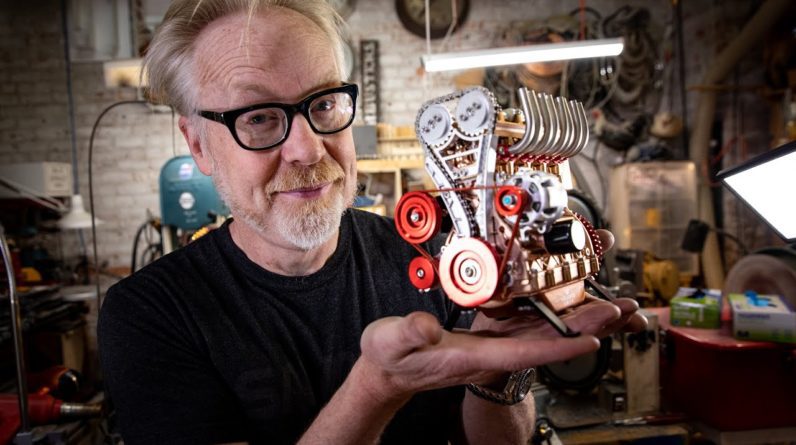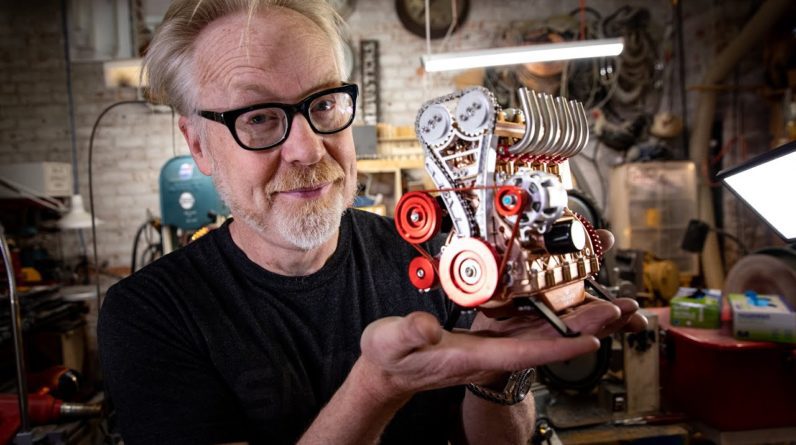What is up mates Before finishing the Bf-108 build I wanted to create a display stand to put the model in some context I also wanted to do this quickly and effectively. So in this video I am going to show you what I managed to do in less than a day of work. And you can do it too, its easy I started of by cutting a piece of XPS to the dimensions I wanted this, along with the thickness of the board are up to the builders taste. My rule is that the display base should not overpower the model.
In other words it should be smaller. Next I made a ball from aluminum foil and with it I added some texture to the flat board by rolling the ball all over it I used a garbage acrylic primer that other ways I would not put in the same room with my models but since there is no masking and the surface is very porous I could as well put some mercury and it will stick. Don't be tempted to use hot primers or paints on the XPS as they will melt it. You can use PVA glue to create a barrier and then use whatever paint you want. To lay down the base colour of the ground I used medium brown. The colour is a matter of personal preference, so look at some pictures or just go outside and see the dirt yourself.
As you can see I am trying to get an irregular colour saturation to get things more interesting to watch. In the upper right corner of the base I will add more paint to saturate the colour. I do that because I will put some grass there later. and naturally the grass keeps the ground a bit more humid than if there is no grass. Going towards the opposite corner i am making the ground lighter and lighter using desert sand colour. The idea is that this is an airfield and all kinds of vehicles and personnel are moving up and down thus eroding the surface and creating dust which is much lighter than the original earth underneath when the weather is dry that is. The sides of the XPS board are not particularly beautiful so I went ahead and cut some appropriately sized boards out of 2mm thick balsa wood planks. Alternatively you can paint the sides in black and it will be OK But when OK is not enough the balsa wood is awesome, because it is very easy to work with. Here you can see me putting too much wood glue.
It is easy enough to remove the excess but is unnecessary effort nevertheless. By the way this glue is also known a s PVA and is pretty much the same as the canopy glue, except much thicker and much cheaper. It is water based so you can dilute it and clean up your tools or your mess with water. To attach the balsa strips to the sides I simply put them over the glue and then I put some weight until the glue dries.

Have in mind that the balsa will want to deform due to the moisture from the glue. This is water based wood stain, I got a Bulgarian brand so you probably cannot read the label but wherever made, it is designed to change the colour of untreated wood. the wood stain comes in variety of colours and will give the plain looking balsa wood the colour you like. Since it is water based you should avoid touching the finished product with wet hands… don’t ask why I know this. A layer of varnish will solve this issue. On the PE fret that came with the kit there was e BF-108 etching So I cut it out and filled it with some enamel paint.
When the paint was dry I sanded down the excess to get nice contrast between the letters and the rest of metal. I will attach this to the base later. I watered down my PVA and started applying it over the dark brown areas I am going after irregular patches of grass so I work in small areas and decide where the next patch will be after each step Once again your reference material is out there in the wild world.
Using my DIY static grass applicator I plant some 2.5 mil grass If you want to make a static grass applicator check out my tutorial Link in the description and in your upper right corner. It is wise to place a sheet of paper so you can catch the grass that has lost its way. one you will reduce the mess and two you will not waste the grass. By dragging the mesh close to the already planted grass you can make it stay up. or you can push the grass down if that is what you are after. A few small stones from outside are going to give the base another level of things going on I tried to push them into the surface a bit so they don’t look like someone placed them there Also I add glue around each stone and then do some grass that allegedly has grown there. I tried adding a few larger grass strains but that did not work so well. Anyhow, yet another layer of details. Apart from putting your model in context the display base will literally elevate your model above the others on the contest table. The judges will definitely note the extra effort you have put in and on some events there are points awarded to the model score sheet for the presence of a display base and its complexity.
Using a small amount of PVA I attached the plaque to the side that I think will be the face of the base. So, I hope you have enjoyed this video and learned something useful from it. Leave a like and a comment and go watch more of my videos. Thanks for watching and until next time Happy modeling..






